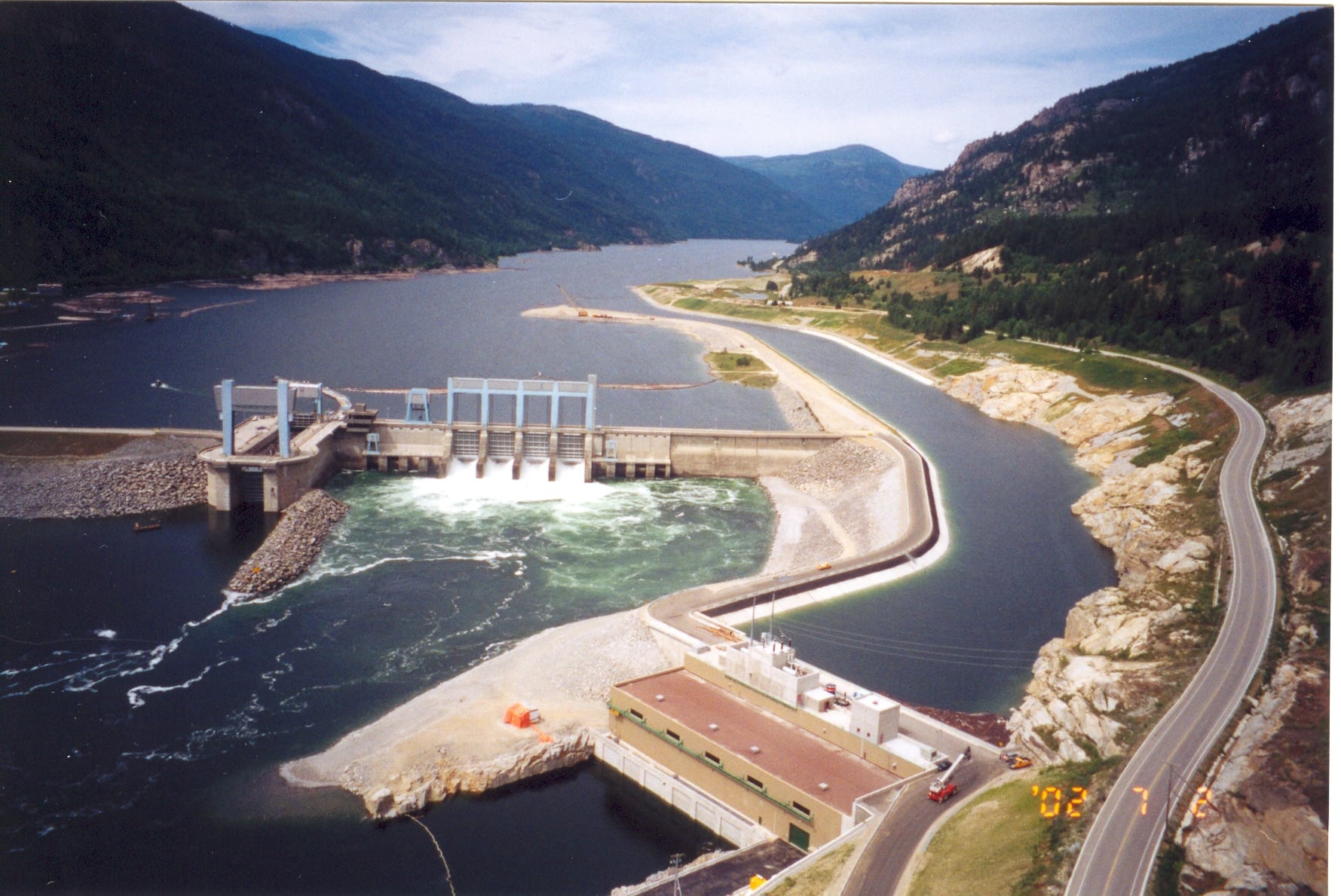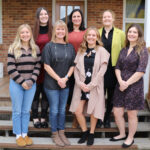Dams and Earthquakes: Austin Engineering Honoured Again
Austin Engineering Ltd. and its team of like-minded partners are constantly analyzing dams, including how they react during earthquakes.
The innovative thinkers are pleased to announce that their research, recently presented at the Canadian Dam Association, has received another accolade: the Clean Energy BC ‘Operational Excellence’ award, which will be presented at the Clean Energy BC Generate 2018 Conference in Vancouver this week.
They share the award with research partners FortisBC, Selkirk College, and UBC Okanagan, and the project could not have been possible without support from Mitacs, a non-profit, national research organization.
“We’re really excited to have won this award two years in a row and to have our team recognized,” explains Mary Austin, Director of Business Development at Austin Engineering. “We are thrilled to continue this research in the new year while we press on with Phase 3 of the project.”
The group came together with a common goal: to develop ways of better understanding and supporting an extreme consequence dam, while also creating opportunities for post secondary students.
“Our partnership with Austin has led to excellent student learning and faculty research experiences,” adds Rhys Andrews, Vice President of Education at Selkirk College. “We look forward to further industry partnerships with Austin and others that continue to meet industry needs while meeting the needs of students through excellent programming and applied learning.”
The Trail, B.C. engineering firm worked closely with students to develop 3D printed models and schematics that FortisBC now uses for work planning, improving stakeholder engagement, evaluating cost-effective solutions, and developing improved environmental outcomes for their facility operations.
“This technology provides real-time modeling of the dam against numerous factors, which is a powerful tool in portraying project concepts and details to diverse audiences,” explains Darren McElhinney, Senior Project Manager, Generation, FortisBC. “Our team believes that 3D modeling is a cost-effective and innovative method that can be used on projects from concept through to completion, and we are excited to see how it develops.”
This innovative partnership was first recognized last year with the Operational Excellence Award; the partners now have another win for Phase 2 of the project, which included further collaboration with UBC Okanagan.
Austin Engineering partnered with UBCO’s graduate research assistant Anas Salem Issa, M.Sc., M.CSCE and Associate Professor Rudolf J. Seethaler, PhD from the school’s engineering lab; the two observed the performance in both empty and full pool seismic events, mimicking real-life quake scenarios and confirming the transient forces imposed by the upstream water.
“Winning Clean Energy BC’s Operational Excellence Award is an outstanding example of how bringing together research and industry can lead to innovation in manufacturing and technology, bolstering community resilience,” says Issa. “We are blessed to have such a project in British Columbia and honoured to receive this award.”
Back at home in the Kootenays, Austin Engineering further analyzed the data, discovering that a dam responds much differently when tested on a shake table with the water on the upstream side.
“In fact, the water actually had a dampening effect on the dam’s seismic response in the tests,” explains Roger Austin, Principal Engineer. “This is really significant because many dams require seismic upgrades, and in many cases, the scope of the upgrade could potentially be reduced by properly testing a scaled model.”
The team is thrilled to announce that their abstract has been accepted for the International Commission on Large Dams’ symposium held in June.
Now with two international partners on board for Phase 3 of the project, Austin Engineering is further advancing this research. As Mary says, “there is a great deal that we still want to learn about both the 3D printed hydraulic modeling of dams and the seismicity using 3D printed models and shake table technology.”
Their findings are not only important to those responsible for dam safety worldwide, but also to those who live and work downstream.

























Comments